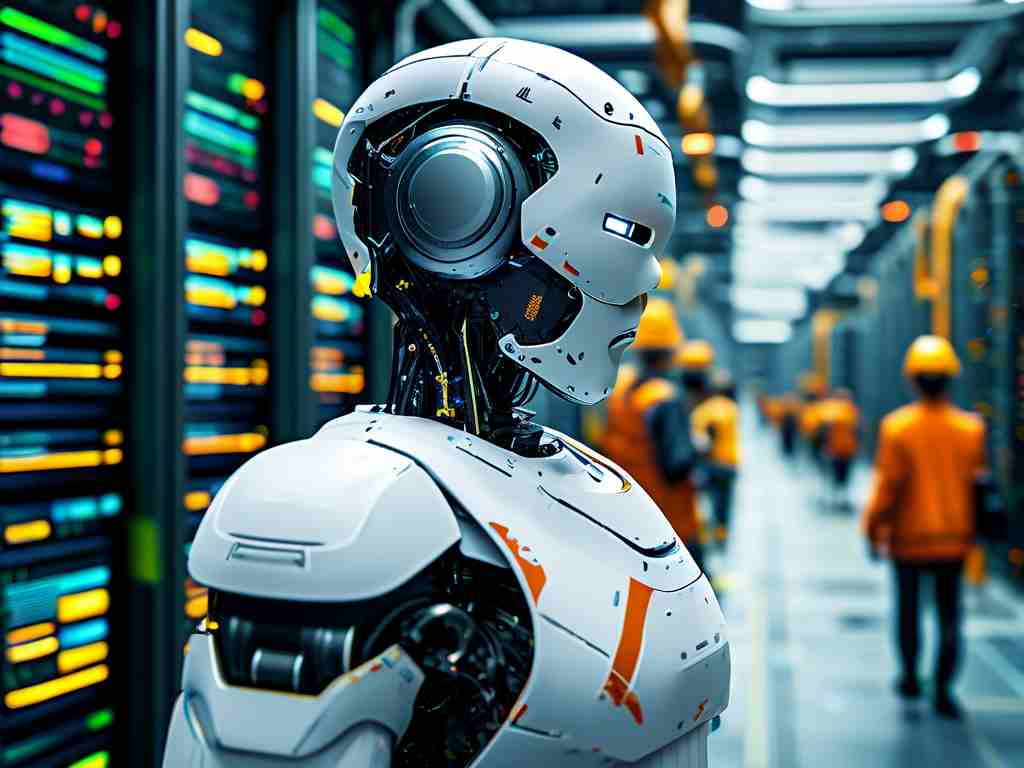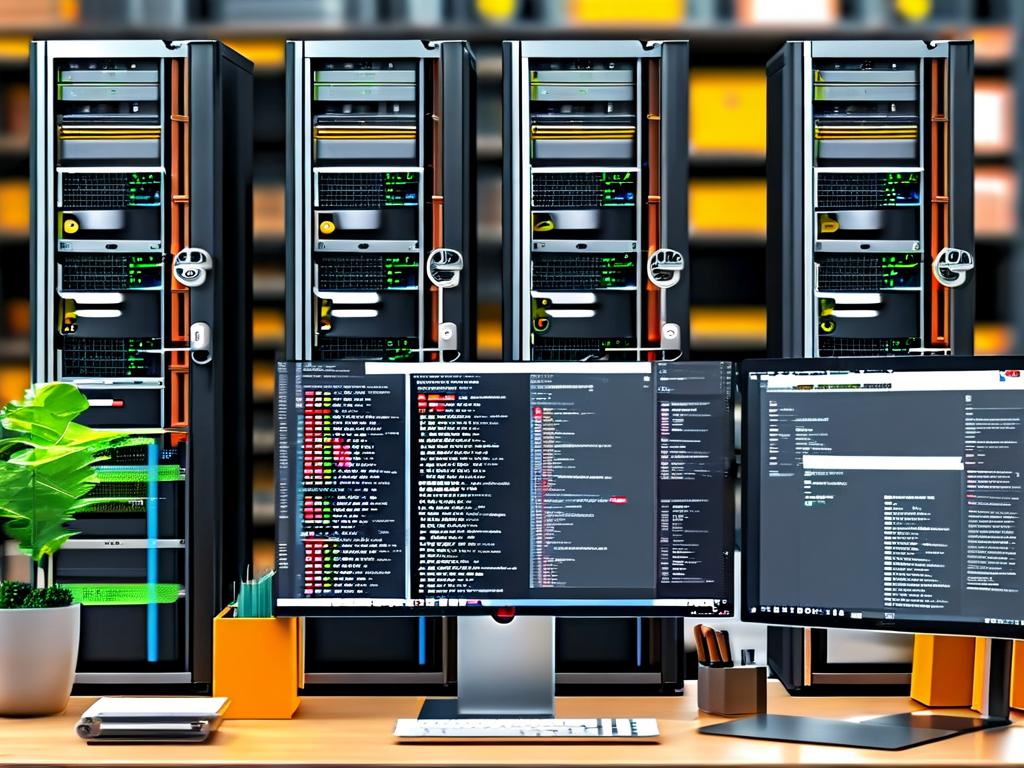In an era where robots increasingly operate in unpredictable environments—from disaster zones to deep-sea exploration—the concept of robotic resilience has emerged as a cornerstone of modern robotics. This technology enables machines to withstand physical damage, adapt to unforeseen challenges, and maintain functionality despite disruptions. At its core, robotic resilience combines advancements in materials science, adaptive algorithms, and sensor fusion to create systems that "heal," learn, and evolve. This article explores the foundational principles behind this transformative technology.

1. The Framework of Robotic Resilience
Robotic resilience is built on three interconnected pillars:
- Physical Adaptability: Materials like shape-memory alloys, self-healing polymers, and soft robotics components allow robots to absorb impacts, repair minor damages, or reconfigure their structures. For instance, a robot with a cracked limb might use embedded microcapsules of adhesive to seal fractures autonomously.
- Cognitive Flexibility: Machine learning algorithms, particularly reinforcement learning, enable robots to recalibrate their behavior in real time. When a quadruped robot loses a leg, for example, neural networks can simulate alternative gait patterns within milliseconds to restore mobility.
- System Redundancy: Redundant sensors, actuators, and power systems ensure fail-safe operations. Mars rovers exemplify this principle, employing duplicate components to bypass malfunctions during missions.
2. Sensor Fusion: The Nervous System of Resilience
Resilient robots rely on multimodal sensor arrays—LiDAR, cameras, tactile sensors, and inertial measurement units (IMUs)—to create a holistic understanding of their environment. Advanced sensor fusion algorithms integrate these data streams, filtering noise and identifying critical signals. For underwater robots, this might mean distinguishing between harmless debris and a collapsing structure using pressure and visual data. Crucially, these systems prioritize "graceful degradation": if one sensor fails, others compensate without catastrophic failure.
3. Self-Healing Mechanisms: Biomimicry in Action
Inspired by biological systems, self-healing technologies are revolutionizing robotic durability:
- Microvascular Networks: Robots embedded with 3D-printed vascular channels can circulate healing agents (e.g., polymers or conductive inks) to damaged areas. Researchers at MIT demonstrated this with a robotic gripper that sealed punctures mid-operation.
- Dynamic Covalent Bonds: Materials containing reversible chemical bonds can autonomously reform connections after breakage, mimicking human tissue repair.
4. Adaptive Control Architectures
Traditional control systems follow rigid pre-programmed routines, but resilient robots employ hierarchical control architectures:
- Reactive Layer: Low-level controllers handle immediate reflexes, like stabilizing balance after a collision.
- Deliberative Layer: Mid-tier planners adjust task strategies—a delivery robot might reroute upon detecting a blocked path.
- Meta-Learning Layer: High-level AI models analyze failure patterns over time, updating the robot’s core decision-making frameworks.
5. Case Study: Disaster Response Robots
The 2011 Fukushima Daiichi nuclear disaster underscored the need for resilient robotics. Modern disaster bots like Japan’s Quince robot now feature:
- Radiation-hardened electronics
- Modular limbs detachable to escape tight spaces
- SLAM (Simultaneous Localization and Mapping) algorithms that function in smoke-filled environments
6. Energy Resilience: Beyond Battery Power
Autonomous robots must manage energy crises. Innovations include:
- Ambient Energy Harvesting: Using piezoelectric materials to convert vibrations into electricity.
- Dynamic Power Allocation: Prioritizing critical systems during low-power states—a medical drone might maintain navigation while temporarily disabling non-essential cameras.
7. Ethical and Technical Challenges
While resilient robots promise safer human-robot collaboration, challenges persist:
- Security Risks: Self-repairing systems could be exploited for unintended purposes.
- Energy Trade-offs: Healing mechanisms often demand significant computational resources.
- Moral Agency: Should a rescue robot prioritize self-preservation over a mission?
8. Future Directions
Emerging trends point to swarm resilience, where robot collectives share resources and intelligence. The European SHERO project envisions swarms of construction robots that redistribute tasks if members are damaged. Meanwhile, quantum computing could enable real-time simulation of millions of failure scenarios.
Robotic resilience transcends mere durability—it embodies a paradigm shift toward machines that grow wiser through adversity. By marrying material science with artificial intelligence, engineers are not just building tougher robots but creating systems that emulate life’s most profound trait: the capacity to endure and thrive amid chaos. As these technologies mature, they will redefine industries from healthcare to space exploration, proving that true resilience lies not in avoiding failure, but in mastering the art of recovery.









